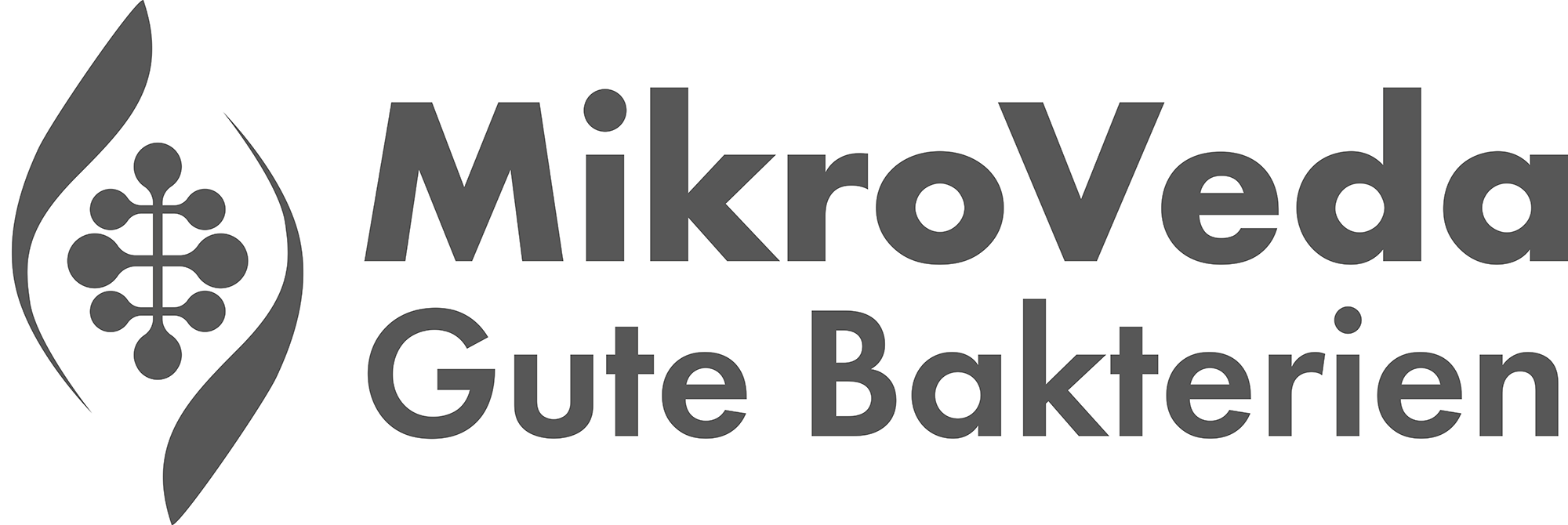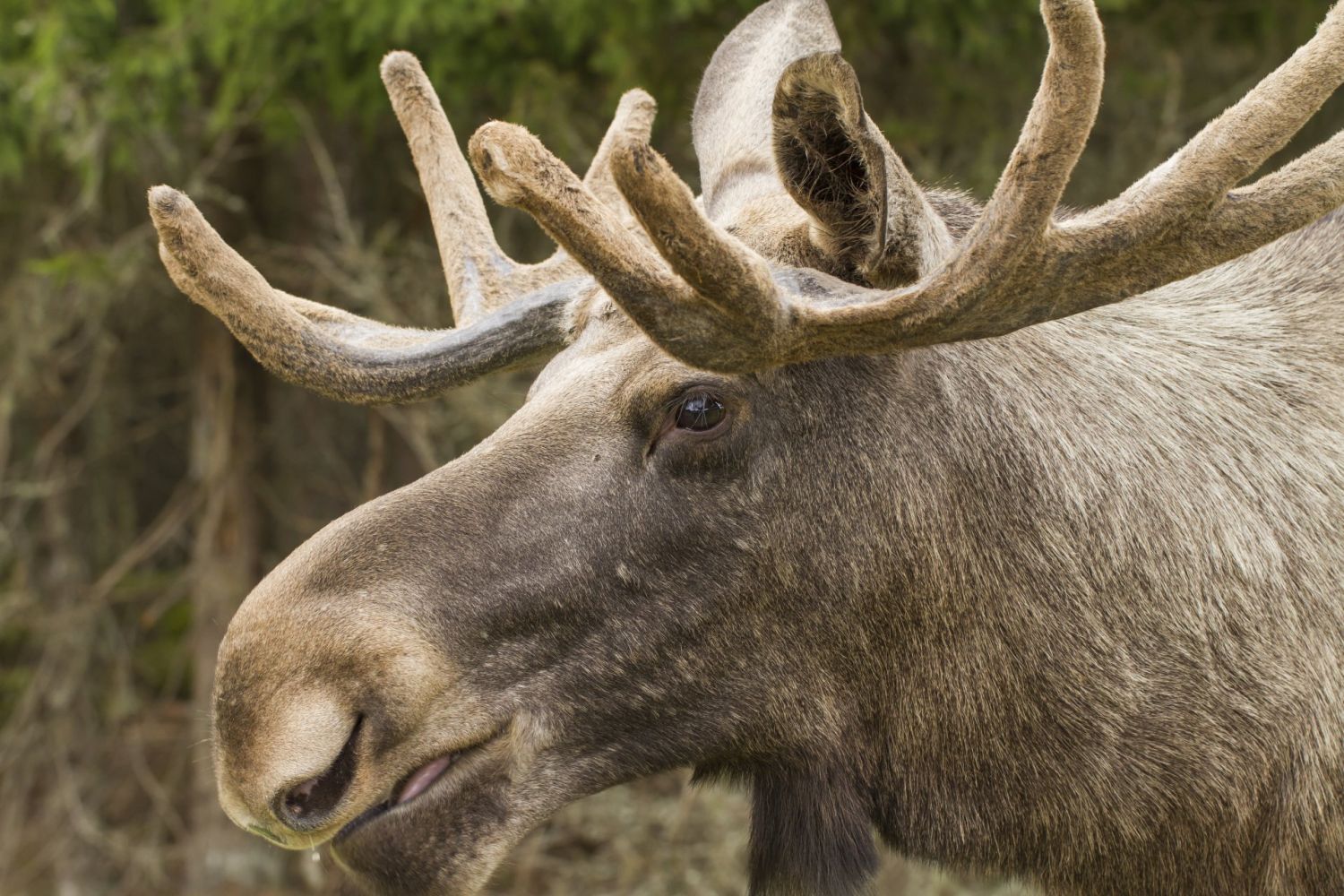Good bacteria from MikroVeda in successful use on moose.
Etienne Cousin from Hochwildpark Rheinland reports on the successful use of MikroVeda microorganisms with elk. Cousin describes that elk deer are not easy to keep in enclosures because they are a sensitive ruminant species and thus require small amounts of easily digestible, high-protein food throughout the day.
That is why many zoological gardens, wildlife parks, etc. refuse to keep these beautiful animals. It is very costly in terms of personnel and finances, and good specialized personnel are needed who can see even the smallest changes (diarrhea, inflammation, incorrect posture and gait) and take immediate countermeasures.
In 2016, elk died in the Eifel Elk Game Park despite treatment by the veterinarian with all medications (synthetic vitamins, anti-inflammatory agents, antibiotics, etc.).
The desire for alternatives and for natural support to keep the Elks healthy grew as Cousin generally advocated alternative measures for illness or other body ailments.
Finally, he read about the concept of Effective Microorganisms (EM), which had already been successfully used by a friend in wound care and feeding in dogs (performance dogs in the field of hunting). At MikroVeda, he finally found suitable preparations such as the MikroVeda stock solution, which, after some practice in its preparation, was quick and easy for him to use. An alternative to the stock solution is the “ready-to-use" preparation ProbiotiX Life for animals, which can be applied directly.
The concept for the elk for feeding/watering and hygiene with the MikroVeda stock solution was included in the feeding and hygiene management of the High Game Park in 2017 and thus became a fixed and most important component of successful elk husbandry.
Moose are not easy to keep, as they belong to a sensitive species of ruminants and thus require small amounts of easily digestible and protein-rich food throughout the day. Even the smallest changes lead to diarrhea, inflammation, incorrect posture and gait.
Etienne Cousin from Hochwildpark Rheinland
Application for elks:
In his field report, he recommends using it on moose as follows:
No one was able to give me any information about the dosages (feeding and watering) for elk (bull 400 kilograms, cow 200 kilograms). As a result, I approached the dosage accordingly cautious, because moose, as mentioned before, can react very sensitively. I mixed the elk’s elaborately prepared feed ration with two milliliters of MikroVeda stock solution at the beginning, then slowly increased it to 10 milliliters over the first month. In the second month, this was increased to 20 milliliters. Both moose coped very well with the continuous increase.
In addition to the feed rations, the elk have a constant supply of branches, which are felled in different sizes.
I have used the same procedure for the drinking water, here 20 milliliters of MikroVeda stock solution refer to a 20 liter canister. In summer, the moose often drink two canisters of it, other natural water-scooping possibilities are given in the enclosure. The beneficial microorganisms of MikroVeda settle in the body through oral intake and here especially in the important and sensitive part of the gastrointestinal tract. This significantly supports the breakdown of easily and poorly digestible plant substances (e.g. lignin for lignification).
Hygiene Diseases in enclosures are transmitted through troughs, hayracks, ponds, feeding areas, grass or shrubs (worm infestation through feces), contact, and much more. The troughs and concrete slab are regularly sprayed with the Effective Microorganisms. Adjacent wooden walls are included. The plate is swept or blown free beforehand, of course; it is advisable to dispose of the resulting dirt directly into the trash.
Another factor is the natural pond inside the enclosure, which is used for drinking as well as cooling. The water quality should be positively influenced by all means, because smaller ponds with insufficient inflow like to “tip over" in the hot summer months, because the water temperature rises too high and the oxygen content in the water is no longer sufficient (oxygen input through water movement, at broken water surface). Such a separate biotope in the enclosure is to be stabilized, improved and secured by various means. This serves the moose, aquatic organisms, and other plant and animal species that derive their benefits from the water body. Regularly water or spray the pond as evenly as possible with self-activated and propagated microorganisms from the MikroVeda stock solution (according to the manufacturer’s instructions on the label). This ensures a uniform and effective application of the microorganisms and supports the biological processes within the water body.
Etienne Cousin from Hochwildpark Rheinland
For Cousin it is clear: Daily checks, observations and documentation show that the animals have visibly gained weight since the use of the MikroVeda microorganisms, are much more agile, have a good gait and have a correct posture.
We are happy about the positive feedback and wish humans & animals continued friends & health!
Etienne Cousin, Hochwildpark Rheinland, Becherhofer Weg 71, 53894 Mechernich-Kommern,
https://www.hochwildpark-rheinland.de/ https://www.hochwildpark-rheinland.de/der-wildpark/unsere-tiere/


